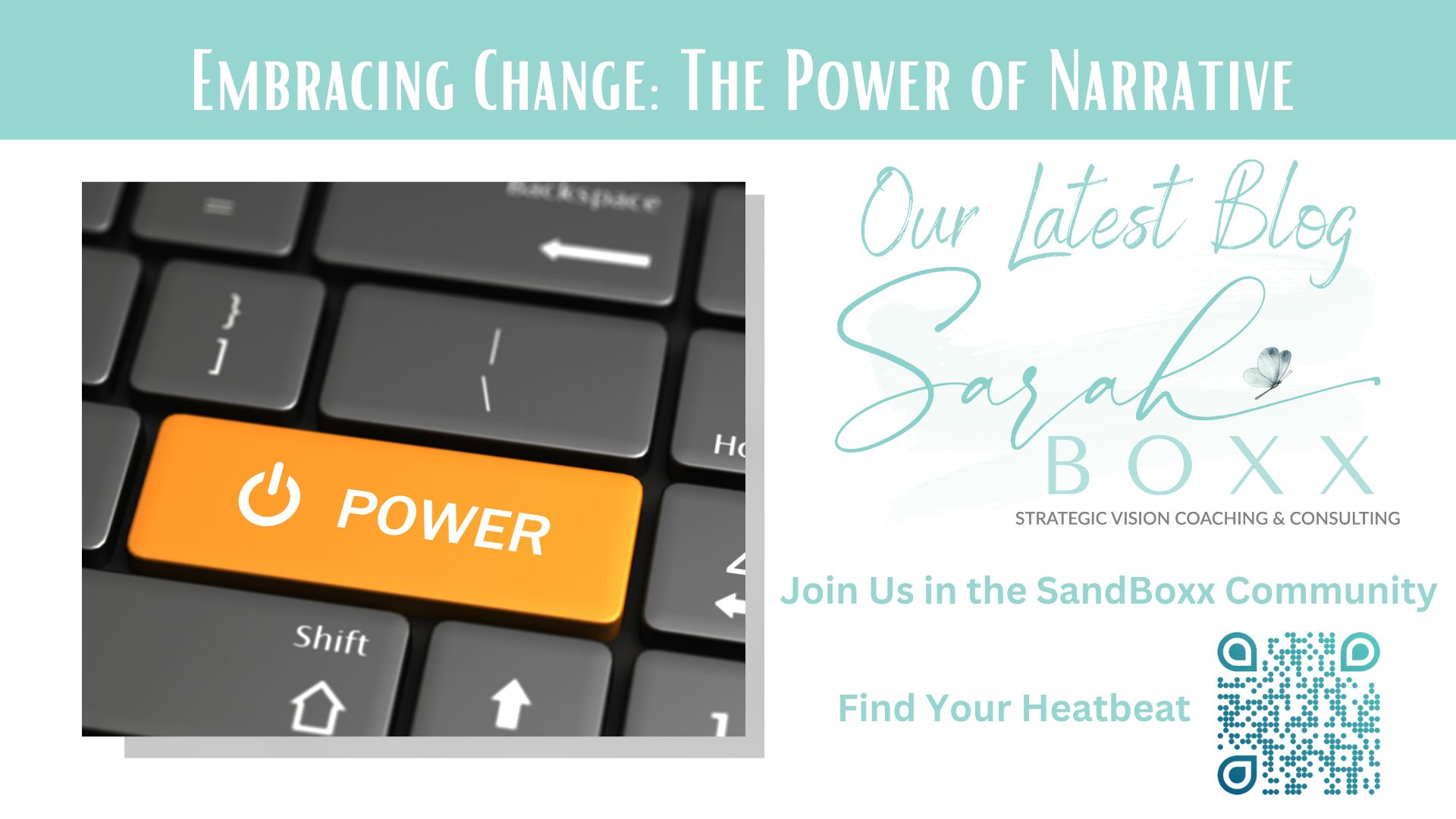Revisiting the Transformation Room
In our previous post, we explored how the ‘Transformation Room’ represents a shift in both internal and external narratives, exemplified by Tesla’s innovative journey. Now, let’s delve into the power of personal narrative in determining our role within this transformative space.
Malala Yousafzai: A Beacon of Transformative Narratives
Malala Yousafzai, a young Pakistani activist for female education and the youngest Nobel Prize laureate has become a global symbol of resilience and the fight for education rights. Her narrative, which started with advocating for girls’ education under the most challenging circumstances, has inspired millions worldwide. She transformed her personal story of adversity into a powerful global movement, changing perceptions about women’s education.
Narratives Driven by Malala
Malala’s narrative goes beyond her individual story. It’s about challenging long-standing societal norms and advocating for change at a grassroots level. She speaks of a world where education is accessible to all, pushing the boundaries of what is deemed possible in societies resistant to change. This narrative of empowerment, resilience, and the pursuit of education has not only mobilized individuals but also influenced policy changes globally.
Embracing Transformational Narratives in Nonprofit Leadership
Nonprofit organizations and their leaders can take inspiration from Malala’s approach by crafting and spreading narratives that resonate deeply within their communities. In the context of the Transformation Room, this involves:
- Identifying Core Narratives: Nonprofit leaders should identify the key stories that reflect their mission and vision – narratives that inspire change and action within their communities.
- Empowering Voices: Like Malala, leaders should empower those they serve to share their stories. This creates a tapestry of narratives that collectively call for change and echo the ethos of the Transformation Room.
- Leading by Example: Leaders should embody the transformation narrative, demonstrating commitment and resilience. This positions you as someone who needs to be seen at the front of the Transformation Room, not just as an observer but as an active participant and driver of change.
- Creating Platforms for Dialogue: Facilitate spaces (literal or metaphorical) where these narratives can be shared and discussed. These platforms can be events, workshops, or digital forums aligned with your service offerings.
- Integrating Narratives into Strategy: Incorporate these narratives into the organization’s strategic planning, ensuring that they are not just stories but drivers of the mission and action plans.
- Measuring Impact: Use the transformation narratives to measure impact, not just in numbers but also in how effectively these stories influence change and mobilize support.
Incorporating these elements into the nonprofit sector’s approach can mirror the transformative impact seen in Malala’s advocacy, creating a ripple effect of change and growth that aligns with the philosophy of the Transformation Room. We leave you with a quote from Malala,
“I tell my story not because it is unique but because it is the story of many girls.”
If you want to learn more about sharing your stories so they resonate with your audiences, check out our 2024, 10-week, hands-on StoryCraft Course beginning on March 20, 2024.
Learn more about the craft of storytelling here: https://sarahboxx49789.ac-page.com/storycraft-webinar
Article was contributed by: Sarah Boxx





